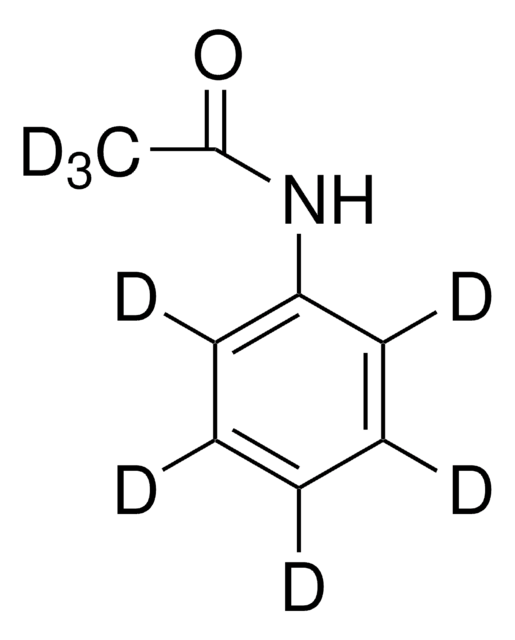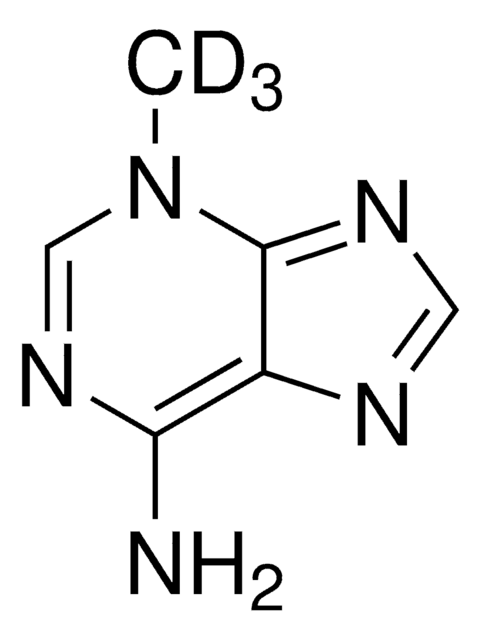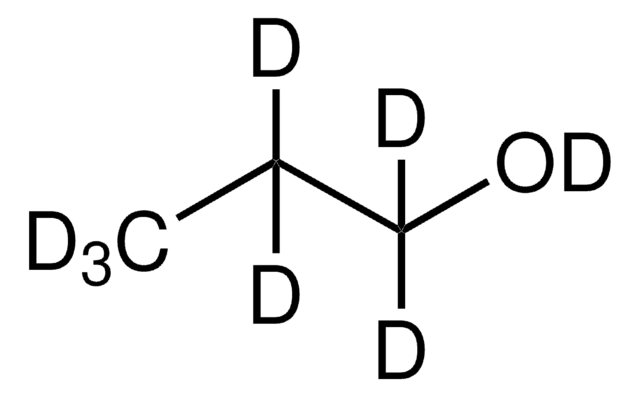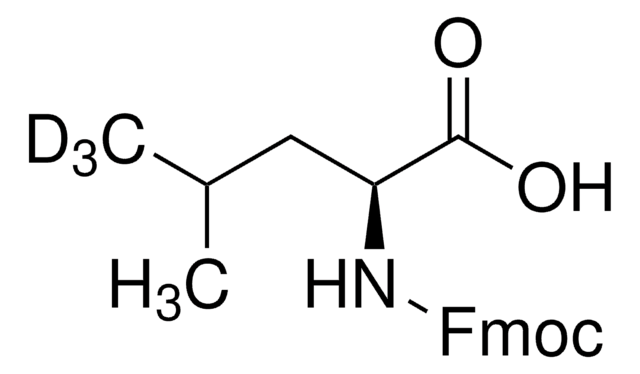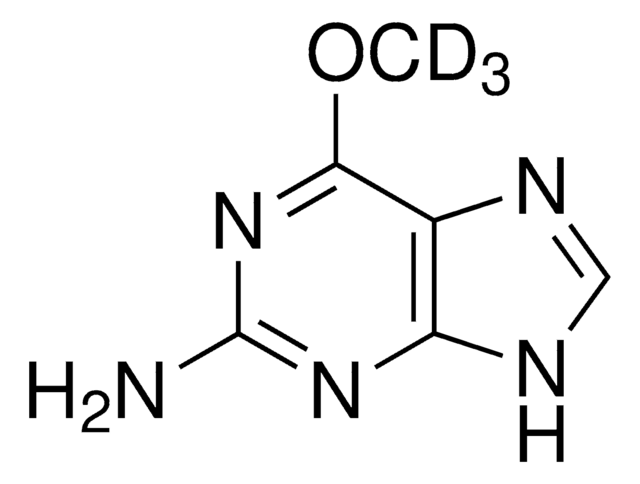736171
1,4-Dioxane solution
NMR reference standard, 40% in benzene-d6 (99.6 atom % D), NMR tube size 5 mm × 8 in.
About This Item
Recommended Products
grade
NMR reference standard
analytical standard
Quality Level
concentration
40% in benzene-d6 (99.6 atom % D)
technique(s)
NMR: suitable
NMR tube size
5 mm × 8 in.
NMR tube wall thickness
0.24 mm , ultra-thin wall
format
single component solution
SMILES string
C1COCCO1
InChI
1S/C4H8O2/c1-2-6-4-3-5-1/h1-4H2
InChI key
RYHBNJHYFVUHQT-UHFFFAOYSA-N
Looking for similar products? Visit Product Comparison Guide
Application
- Catalytic Oxidation of 1,4-Dioxane: Fe-ZSM-5 zeolite catalysts were investigated for the heterogeneous Fenton oxidation of 1,4-dioxane, evaluating the effects of Si/Al ratios and contributions of reactive oxygen species. This study highlights the use of 1,4-dioxane solutions in environmental remediation technologies, particularly in removing persistent organic pollutants from wastewater (Tian et al., 2024).
- Groundwater Remediation: Research focused on the cometabolism of chlorinated volatile organic compounds and 1,4-dioxane in groundwater, employing 1,4-dioxane as a model compound to study the biodegradation processes and interactions with microbial communities. This study is crucial for developing effective strategies for groundwater treatment and ensuring the safety of pharmaceutical water sources (Clark & Rhea, 2023).
- Structural Analysis of Hyaluronan: The study used a mixed solvent system including 1,4-dioxane for the structural analysis of hyaluronan oligosaccharides, forming double-helical duplexes. (Kolaříková et al., 2024).
Features and Benefits
Quantity
Signal Word
Danger
Hazard Statements
Precautionary Statements
Hazard Classifications
Aquatic Chronic 3 - Asp. Tox. 1 - Carc. 1A - Eye Irrit. 2 - Flam. Liq. 2 - Muta. 1B - Skin Irrit. 2 - STOT RE 1 - STOT SE 3
Target Organs
Blood, Respiratory system
Supplementary Hazards
Storage Class Code
3 - Flammable liquids
WGK
WGK 3
Flash Point(F)
53.6 °F - closed cup
Flash Point(C)
12 °C - closed cup
Choose from one of the most recent versions:
Already Own This Product?
Find documentation for the products that you have recently purchased in the Document Library.
Articles
Sigma-Aldrich.com provides an informational article regarding the use of stable, labeled isotopes as NMR reference standards.
Our team of scientists has experience in all areas of research including Life Science, Material Science, Chemical Synthesis, Chromatography, Analytical and many others.
Contact Technical Service
